While 2017 saw the rise of "bezel-less" smartphones, none truly lived up to the name. Samsung shrank its bezels significantly, while Apple went with the infamous "notch." However, Samsung seems on the verge of kicking bezels out the door with a new patent application that embeds the front camera into the display.
The patent application, published Jan. 18, details not just the front camera, but also the sensors, receiver, and a home button or fingerprint sensor embedded into a smartphone display. Samsung lists this as a solution to create a larger display, which will lead to a more "natural" experience for the user.
The catch seems to be that the front camera, sensors, receiver, and home button or fingerprint sensor are all still visible. Based on the application, Samsung appears to have simply dug the aforementioned technology into the display as "holes." However, it's unclear whether those holes can have content displayed over them. In the application, Samsung refers to "masking," but the language is vague, and the diagrams show the embedded tech covers the content displayed on the device.
Whatever the case may be, this patent application details that content can fill the entire display, even areas surrounding the technology embedded into it. To do this, Samsung breaks the display down into two areas — the "main area" and the "enlarged area."
The main area resembles the 16 x 9 display form of a traditional smartphone. The enlarged area covers both the top and bottom "bezels," leaving only two tiny bezels at the top and bottom of the display. The rest of the front of the device is all screen.
However, the top and bottom enlarged areas are subsequently broken up into smaller sections. From the drawings, it appears the top and bottom areas are divided into three sections each, however, Samsung describes 22 separate sections in the text of the patent. It isn't clear if those sections are simply not detailed in the drawings provided. The application does, however, list example pixel dimensions of the display:
According to various exemplary embodiments, a size of the main area of the display can be, for example, 1440 x 2560 pixels. A size of the first enlarged area can be 1440 x 216 pixels. A size of the second enlarged area can be 1440 x 216 pixels. A size of the first area can be 1440 x 10 pixels. In addition, a size of the second area can be 1440 x 10 pixels.
Breaking the enlarged areas into sections provides a guide for content to change size. Some content can fill the entire display, while others might fill only halfway through the enlarged area. Developers can even choose to fill each enlarged area differently — some might choose to display the top area entirely while ignoring the bottom, while others might decide on other differing variations. There's a lot of potential here for aspect ratio customization.
Samsung might be onto something great here. If executed properly, perhaps this design will be the one Apple, Google, and the rest will have to beat in coming years. However, Apple has experimented withsimilar technology, at least in patent applications, so an iPhone could beat a Galaxy to the punch.
- Follow Gadget Hacks on Facebook, Twitter, YouTube, and Flipboard
- Follow WonderHowTo on Facebook, Twitter, Pinterest, and Flipboard
Cover image via Samsung/USPTO





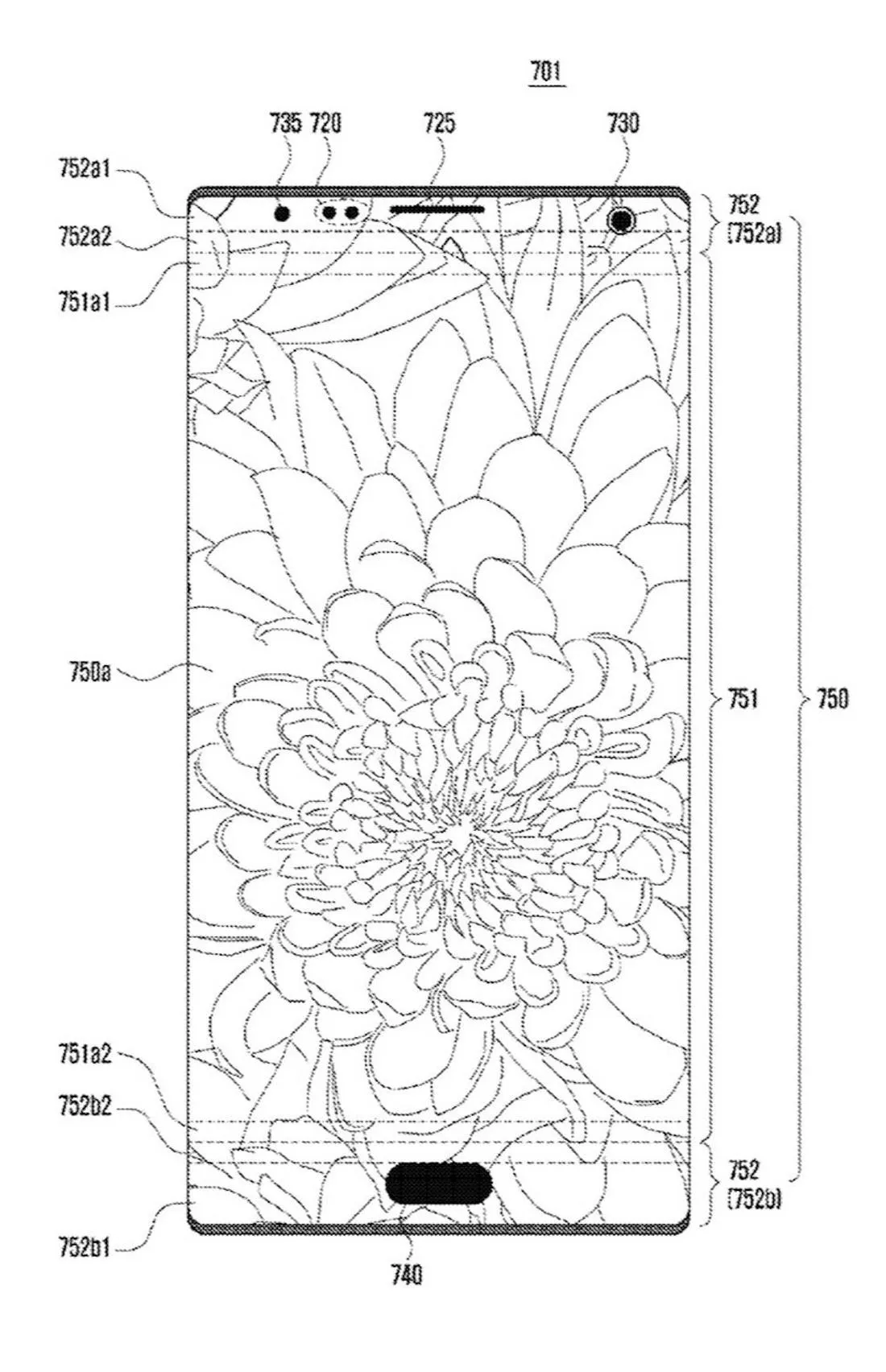







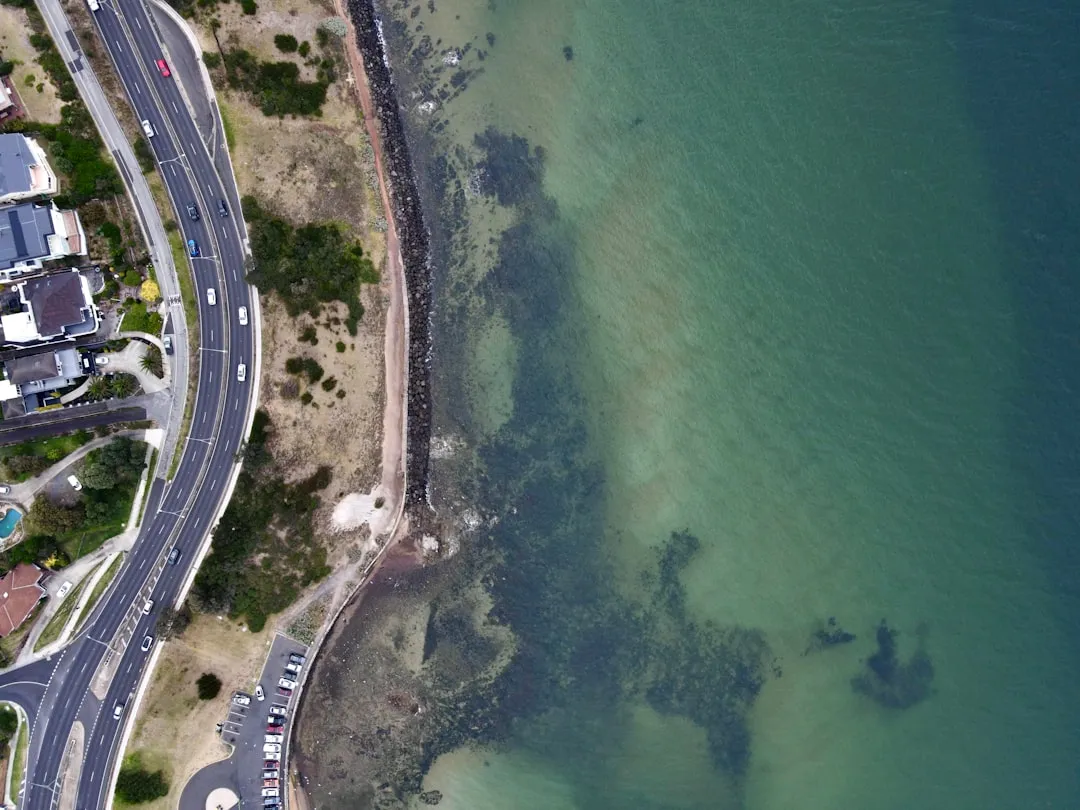


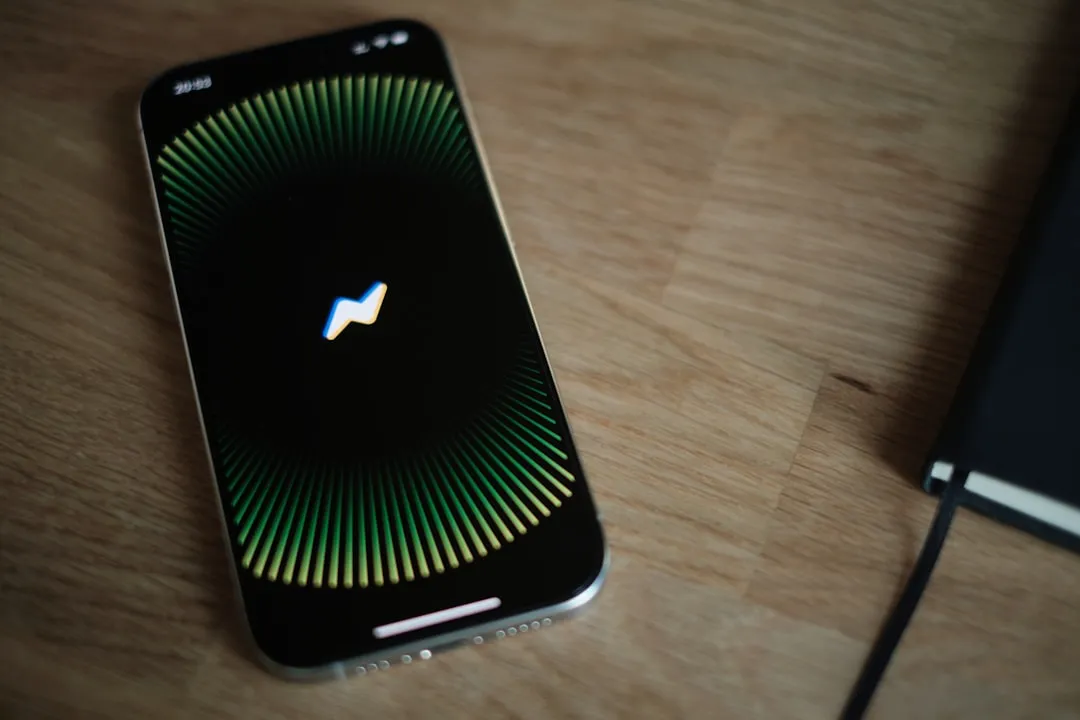



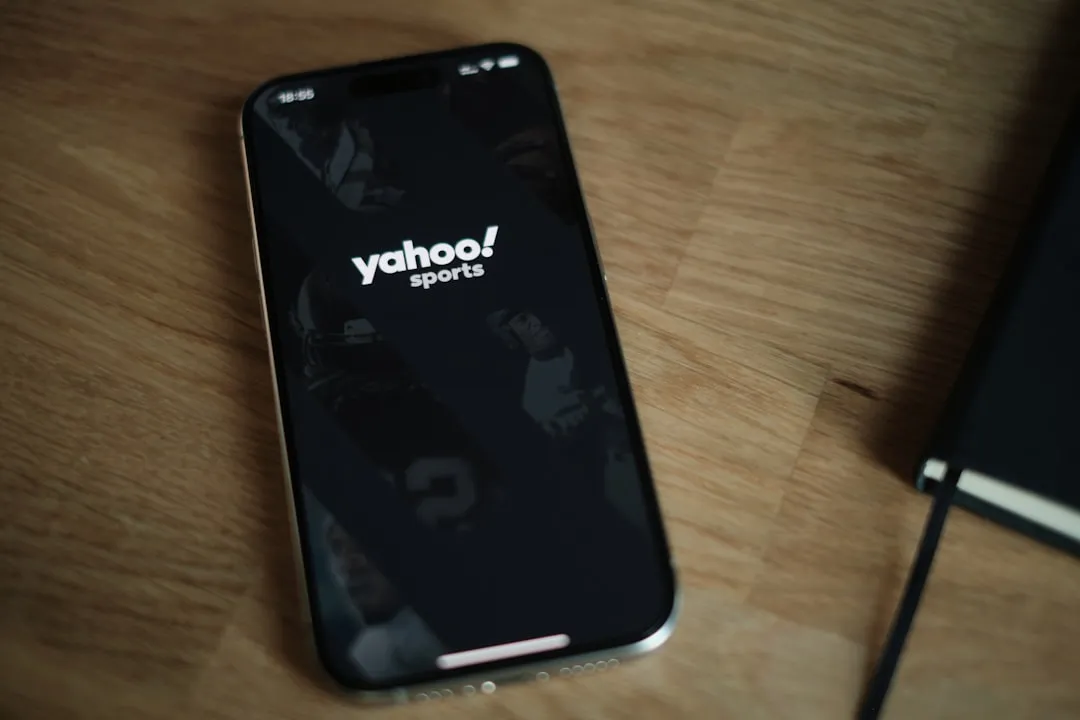

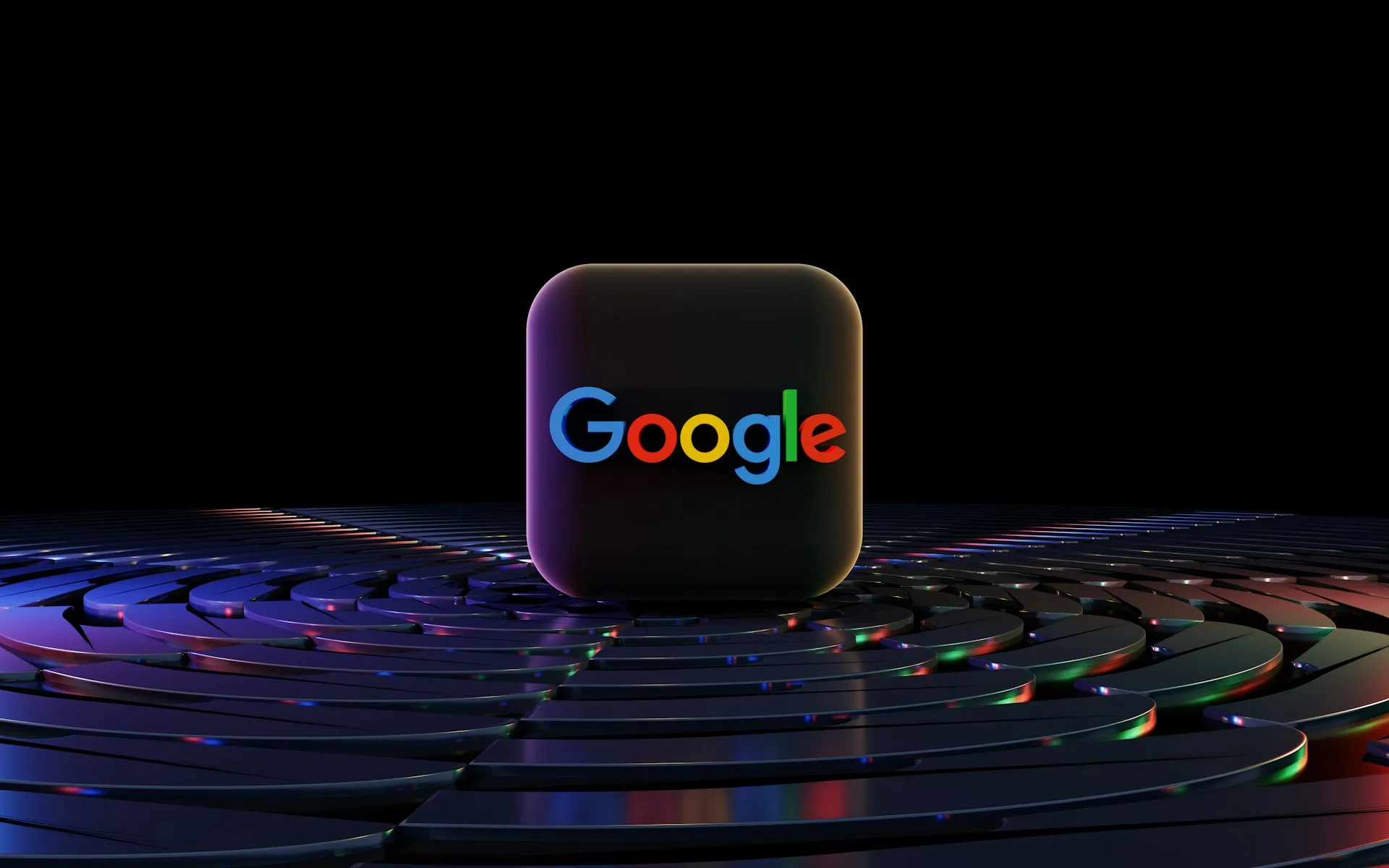
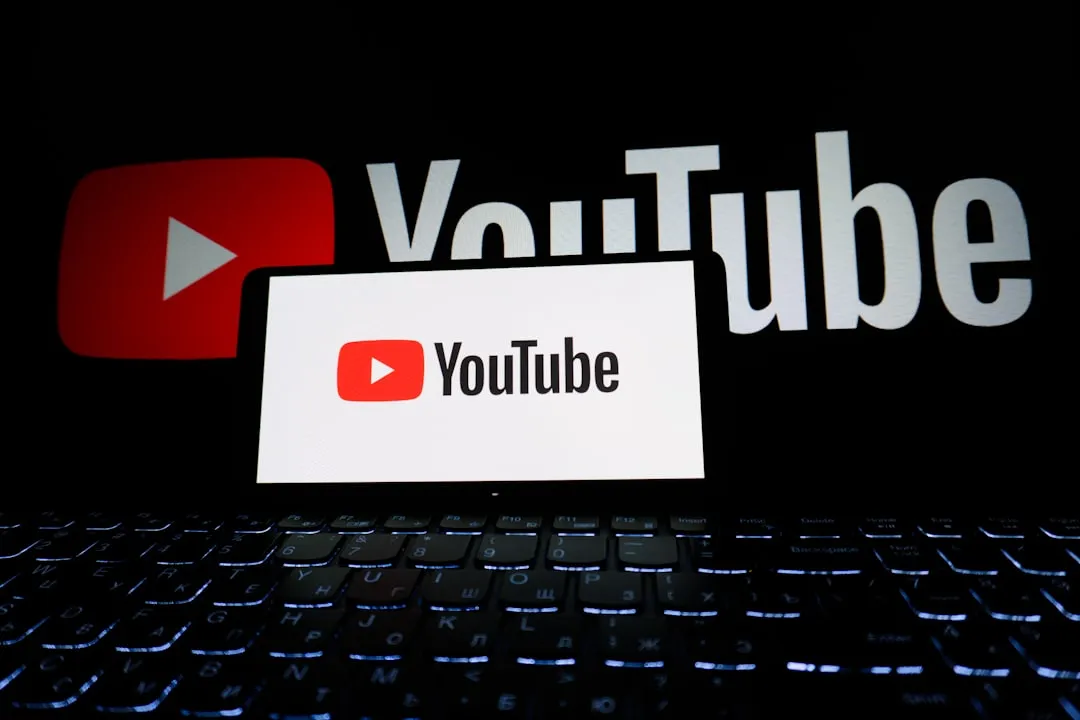



Comments
Be the first, drop a comment!